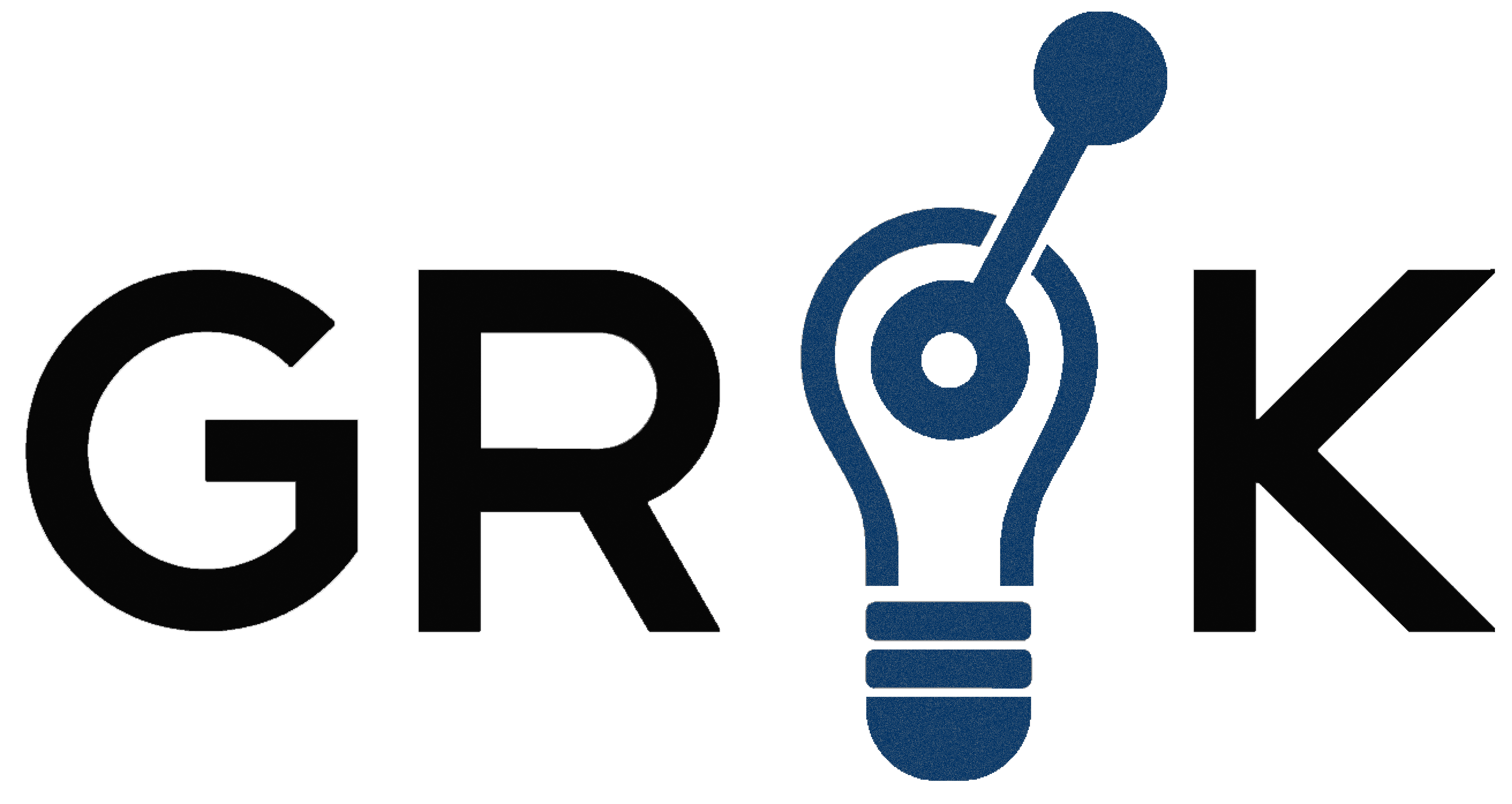IT operations are at a turning point. For years, teams have relied on observability tools and traditional AIOps to monitor systems and flag anomalies. But these tools are inherently reactive—overwhelmed by alerts, dependent on human triage, and limited by static rules.
The future lies in self-healing systems powered by adaptive AI.
Why Traditional AIOps Is Becoming Obsolete
Legacy AIOps and observability tools promised insight—but they still rely on human interpretation and rule-based logic. As infrastructure grows more complex, static rules can’t keep pace. These systems don’t adapt, and they don’t act—they report.
Today’s IT environments demand more than visibility. They require intelligence that understands context, evolves, and takes action autonomously.
The Limits of Rules-Based Automation
Rules-based systems break down in the face of new or unexpected incidents. They’re brittle, reactive, and lack the ability to reason. In modern IT, where problems rarely repeat themselves, that’s a critical flaw.
What’s needed is not more playbooks—but AI that can think, learn, and resolve.
A New AI Stack: Causal, Predictive, Generative
The next-generation AI stack powering autonomous IT combines:
- Causal AI– Finds the true root cause, not just correlations
- Predictive AI– Anticipates incidents before they happen
- Generative AI– Creates and refines automation on its own
Together, these AI layers mimic how the brain works—reasoning, adapting, and improving with each incident.
The Path to Self-Healing IT
The shift to autonomous operations isn’t just possible—it’s already happening. Grokstream is part of this movement, helping enterprises move beyond passive monitoring to AI systems that think and act.
The end goal? Fewer alerts. Less noise. More time for IT teams to focus on what matters most: innovation.





